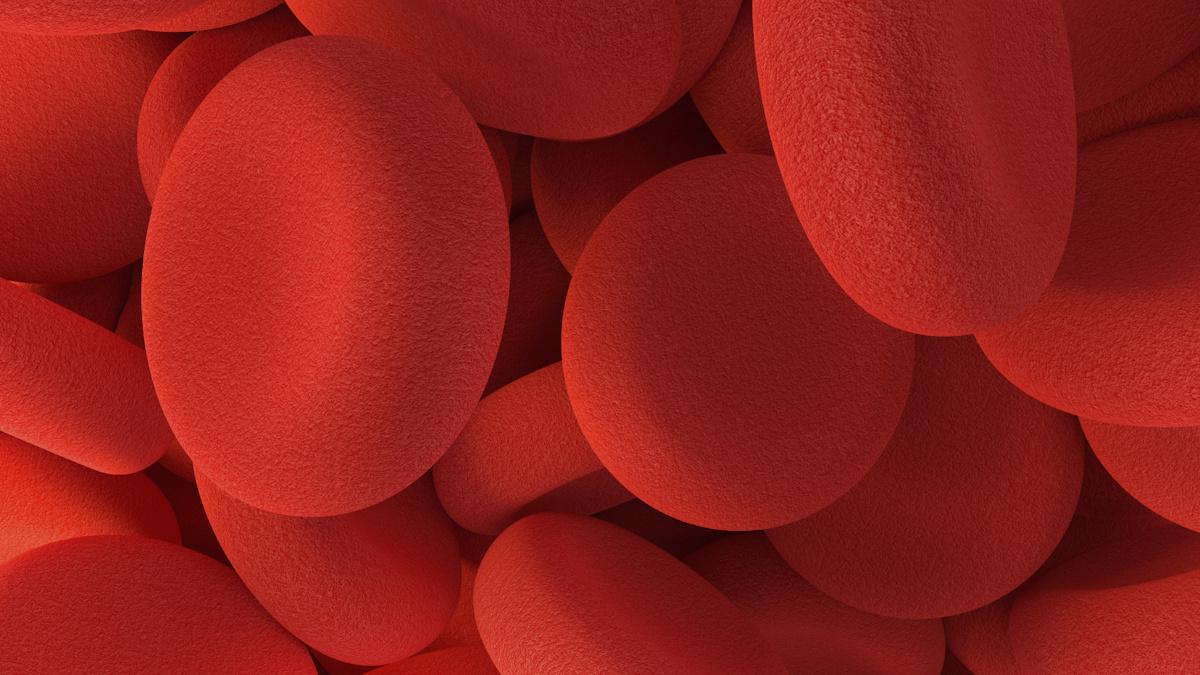Growing threat of AMR: UN calls for urgent global action

In response to the rise of AMR, world leaders recently convened at the United Nations General Assembly to forge a landmark commitment, setting ambitious targets and funding initiatives to curb the spread of drug-resistant infection. Ben Hargreaves overviews the proposed action and why the situation requires a dramatic, global response.
Antimicrobial resistance (AMR) has emerged as a leading global health threat, with serious implications for modern medicine. AMR occurs when bacteria, viruses, fungi, and parasites evolve to resist the drugs designed to kill them, rendering treatments ineffective and infections harder to control. This rising threat has alarmed health experts worldwide, who predict that, without urgent intervention, the situation will only worsen. By 2050, AMR is projected to cause up to 10 million deaths annually, which would equal current fatalities from cancer.
Despite these alarming projections, the global response to AMR remains sluggish. Efforts to develop new antibiotics have been stymied by a lack of financial incentives, as pharma companies are unlikely to yield high profits from sales of such products. As drug-resistant infections increase and effective therapies become scarcer, the window of opportunity to mitigate this crisis is closing rapidly. Without immediate action to boost research and development of new antibiotics, the world faces an era where routine infections may once again become life-threatening.
This is why a recent meeting between global leaders at the UN Nations General Assembly to discuss the threat of AMR was particularly significant. With global, coordinated action limited so far in the fight against AMR, the collective discussion and agreement between leaders to commit to a set of targets and actions to tackle the challenge could be an important breakthrough.
A pressing challenge
The outcome of the meeting was a 15-page political declaration, which included the commitment to a reduction in annual deaths from AMR of 10% by 2030. The declaration also called for sustainable national financing and $100 million in funding to help achieve a target of at least 60% of countries having funded national action plans on AMR by 2030.
In the document, the stakeholders noted the potential economic ramifications of an escalation of AMR over the coming decades. The authors state that $1 trillion in additional healthcare costs per year by 2050 will be caused by AMR, with $1 trillion to $3.4 trillion in gross domestic product lost per year by 2030. The treatment of drug-resistant bacterial infections alone is estimated to cost up to $412 billion annually by 2050.
As part of the effort for human health, the target set is for at least 70% of antibiotics used globally to belong to the WHO Access group antibiotics, which have relatively minimal side-effects and lower potential to cause AMR. The Access group of antibiotics is part of the WHO’s ‘AWaRe’ guidance on antibiotics usage that classifies the medicines into four groups: Access, Watch, Reserve, and finally the ‘not recommended’ group. These designations aim to limit the use of broader spectrum antibiotics (Watch) and last-choice antibiotics that are effective against multidrug-resistant infections (Reserve).
The WHO encourages Access antibiotics use in first- and second-choice options for common infections. This type of antibiotic has a narrow spectrum of activity, lower cost, a good safety profile, and generally low resistance potential.
There are also simpler, though no less important, aims for the guidance, which includes making sure all countries have basic water, sanitation, hygiene, and waste management services in all healthcare facilities. Such simple components of healthcare are essential to lowering infection rates, reducing antimicrobial use, and therefore avoiding growing AMR, according to one study.
Tedros Adhanom Ghebreyesus, WHO director-general, said: “Antimicrobial resistance threatens to unwind that progress, making it without question one of the most pressing health challenges of our time. Today’s declaration includes vital commitments that, if translated into action, will help to track AMR, slow it down, expand access to antimicrobial medicines like antibiotics and spur the development of new ones.”
The path forward
The ambitious aim to reduce deaths from AMR by 10% in just six years will be driven by coordinated action across the 193 UN member states. According to the declaration, this will see all countries develop or update their multisectoral national action plans, and ensure these are being implemented. Part of these plans must include national targets created through analysis of existing capacities and priorities.
A specific aim is also to update the global action plan on antimicrobial resistance by 2026, with the current version created in 2015. The original document set five objectives for stakeholders to meet, including improving awareness and understanding of AMR, and, notably, reducing the incidence of infection through preventative measures.
Another angle the declaration sets out is to engage in a “meaningful whole-of-society approach and social participation” to engage all relevant stakeholders, including local communities, health workers and care workers in the health sector, patients, survivors of AMR infections, farmers, animal health and environmental and ecosystem sector professionals, among many others.
A crucial element in meeting these aims is financing being made available to realise the objectives in reality. Within the document, the authors recognise that there is currently a significant lack of investment in national action plans globally. Of the member countries, only 11% have dedicated funding in their national budgets for the implementation of plans against AMR. The plans to raise $100 million are part of the decided action to ensure a majority of countries are able to rectify this.
Holistic approach
However, a human health-target approach alone is not enough to tackle the issues when there are broader issues that will hinder progress. The stakeholders recognise that agriculture and the animal food industry have a large role to play, as well as needing to address environmental considerations to reduce the impact of AMR.
On a basic level, just as the misuse of antibiotics in human health is a major driver of AMR, there is a parallel with their misuse in farmed animals. A recent study found a link between antimicrobial use in animals and an increase of AMR infections in humans. This is why the document acknowledges a series of issues within the global agriculture and animal health sectors that lead to the rise of AMR, including lack of evidence-based standard treatment guidelines, lack of veterinary oversight, and substandard and falsified antimicrobial medicines, among other issues. The aim for these industries by 2030 is to “meaningfully reduce” the quantity of antimicrobials used in the agri-food system.
What is clear from the document is that there are various factors playing a role in the rise of deaths associated with AMR. There will be no one solution to reduce the number of deaths, but instead broad action will be required to have an impact. The next high-level meeting of this kind will occur in 2029 in New York, with the objective for this subsequent meeting being to review progress towards implementation of this declaration, and to identify potential gaps and solutions to accelerate progress. As the world prepares for the next high-level review in 2029, the urgency to act on AMR has never been greater—transforming today’s commitments into tangible, sustained progress will be essential to preventing a future where common infections once again pose deadly threats.












